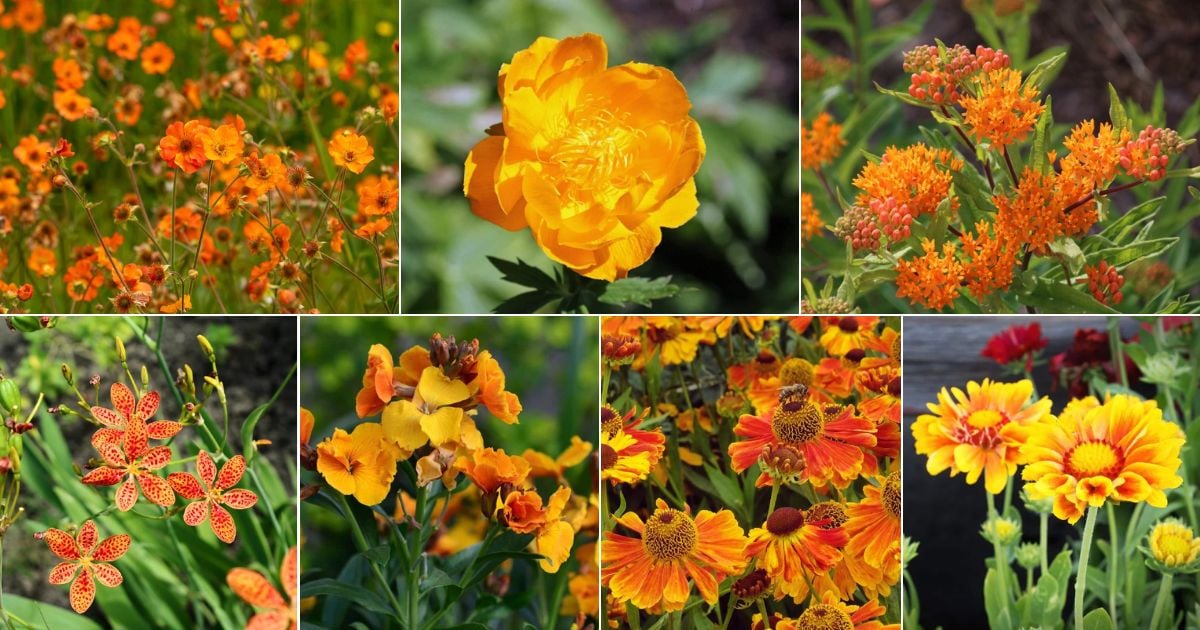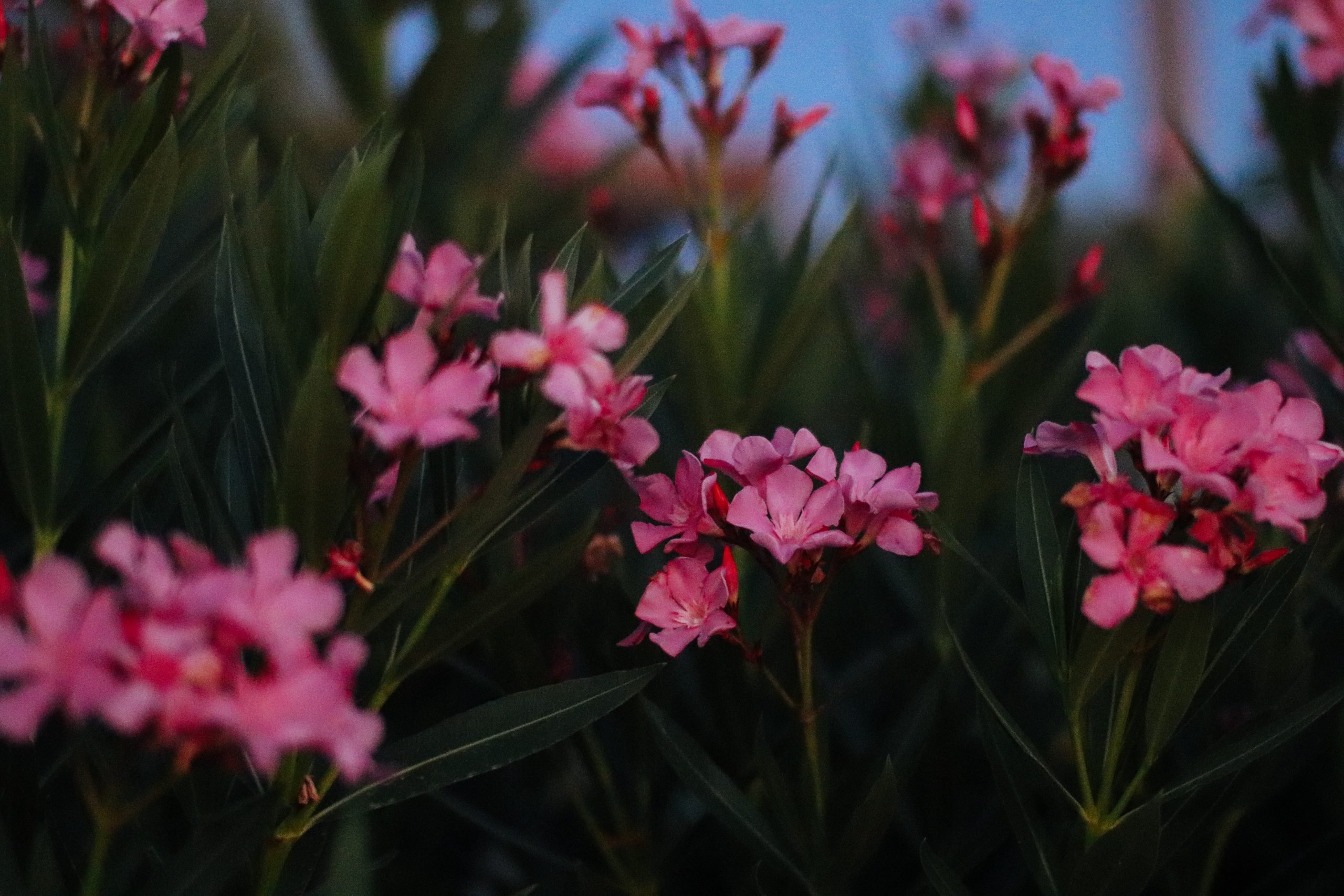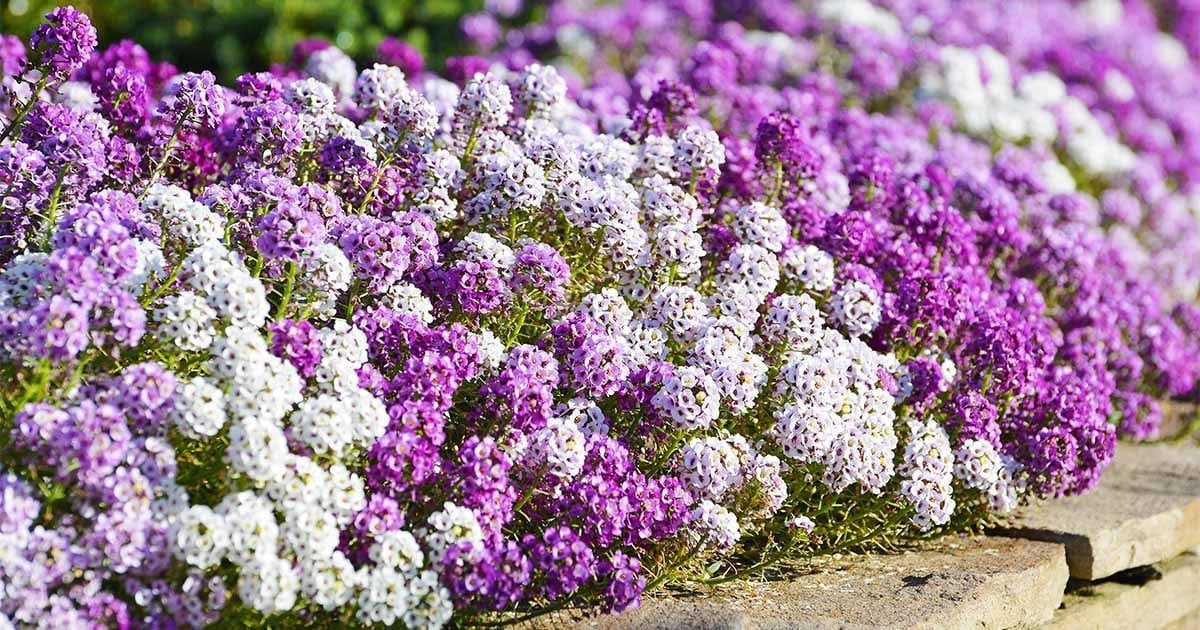Easy Ways to Grow and Care for St John’s Wort Plant
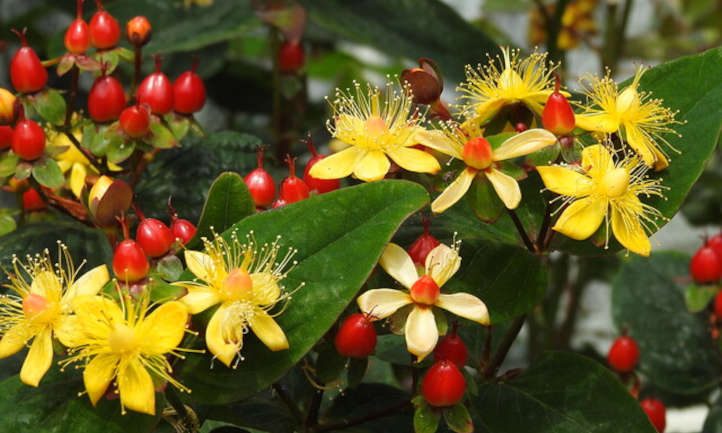
Table of Contents
Is the St John’s Wort plant indeed growing anywhere without high maintenance? It is true due to its high adaptability to dry soil and moisture. The plant, also known as Hypericum Perforartum, refers to a genus of shrubs and perennials with open, bright yellow flowers. Growing the plant is easy, even in challenging conditions. It is one of the primary reasons why many gardeners generally prefer to grow them in their gardens.
But, you must be well aware of the soil where you will plant them, as wet soil must be avoided for better results. Once you produce them, they will thrive and grow independently with little care and maintenance.
However, in this article, you will learn the details of growing and caring for St. John’s Wort regarding planting, pruning, propagating etc.
How to Grow Hypericum ‘St. John’s Wort’
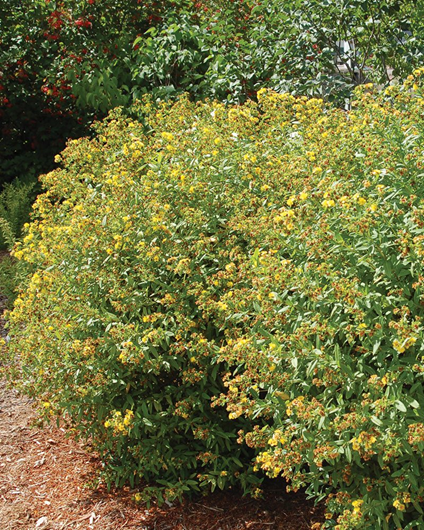
The first step to growing any species is planting; with St John’s Wort plant, you are in luck. You can either grow them in your garden or even in a container. It is that easy! However, you can sow them inside before exposing them outdoors to yield the best results. In addition, it will help you avoid any damage due to frost. You can then transplant them once strong roots have formed.
If you live in an area where the soil is not frozen or are gardening around the summer months, you can grow it directly. All you have to do is find a spot in your garden that is partly shaded. Then you must dig a hole that is ideally double the size of your plant’s root ball. Then, place the plant with a suitable fertiliser like Vitax Q4 Fertiliser and add the soil you dug out. Once you have refilled the ground, use your foot to firm the root ball. After that, you must add plenty of water, allowing the healthy growth of your plants.
But if you do not have a garden or an appropriate space in your garden and still want a St John’s Wort plant, you need not worry. You can always grow these versatile plants in a container. However, you should remember that the container is not its ideal environment. So, make sure that the container drains well. Also, remember to water the plants frequently when it is in a container. It will ensure enough moisture in the soil for your plant to stay healthy.
How to Care for St John’s Wort Plant
The best thing about these species is that once you have grown them properly, you do not need to invest much time or energy in caring for them afterwards. However, here are a few points you can keep in mind to provide your plants with the most suitable conditions to grow:
1. Ideal Temperature

These species thrive under most conditions of temperature. However, as with all plants, there is an ideal. The temperature care you need for these plants depends on your location. For example, if you live in the south, ensure your plant has shade. On the other hand, if you live in the northern region, you should grow these plants under the Sun. It is because it would be the most appropriate for producing flowers.
2. Balanced Soil

Just like temperatures, only minimal care is required for soil. It is because these species will grow in almost all types of soil (sandy, clay, chalk). It will also flourish under different ranges of pH values. First, however, the ground must be well-drained and compact for best results. Next, add compost like Westland Multi Purpose Compost with John Innes to your soil.
3. Water It in Prudent Way

Before the plant has established strong roots, it needs frequent watering and good moisture. Once that is done, these plants can withstand drought and flooding. Depending on the soil, you must water them in the mornings and/or evenings. However, you must remember that you should not overwater them in the winter season.
How to Prune St John’s Wort Plant
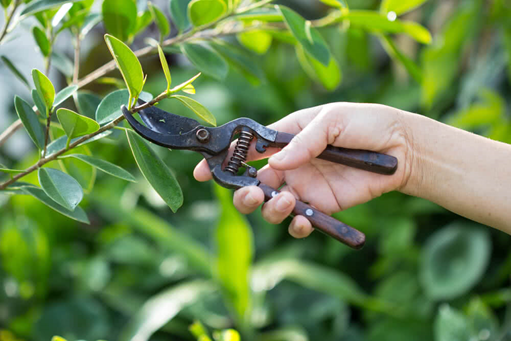
Sometimes these species can grow and become untidy. In these situations, you need to shape and prune them. In some climates, these plants have branches that die in winter. So, what are you supposed to do? You need not go through the entire cycle of planting them again. All you have to do is shear the plants, and they will grow again!
When you properly prune these species like Herb Plants – St John’s Wort – Hypericum, you will witness beautiful flowers in summer. Also, you must prune these plants every three or four years. It is called renewal pruning, and it involves shearing them to half of their original heights. It is an essential practice that will keep your plants vibrant and dense.
How to Propagate St John’s Wort Plant
These species grow strongly once set. These are even considered invasive in some parts of the world. Therefore, there are several methods you can use to propagate them. Here are some of the best ways you can use the same:
1. Stem Cutting

St John’s Wort plant has different varieties, almost all propagating through stem-cutting. As a result, it makes it one of the most commonly used methods, especially among non-professionals. But before you jump on the stem-cutting wagon, you must remember that the type of cutting depends on the kind of plant. One of the best ways to do this is by air-layering the stems before they become too woody. Then, all you have to do is find a branch without flowers. Then, bend it down gently to touch the soil to ensure the stem has complete contact.
If your plant is of shrubby variety, you must go for semi-hardwood cuttings. These are done in the summer. On the other hand, if your plant is a smaller, perennial type, it would benefit most from soft-wood cuts. These are done in the spring. Irrespective of the type of cutting, you must place them in sufficient sunlight. You would notice that they begin to root in about three to six weeks. Also, you must remember to water them properly.
2. Division
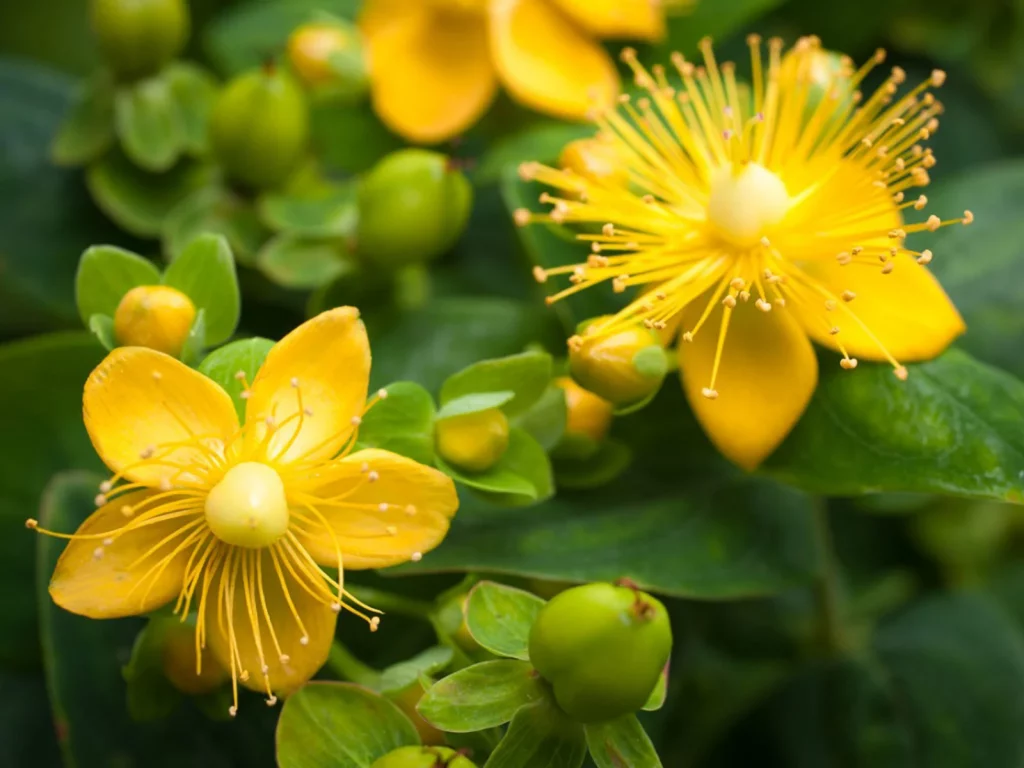
Although it is a popular method of propagating them, it does not work well for all types of these species. It works for the perennial type. For the best results, you must perform this method in spring. Here are some easy steps you can follow to do the same:
- Start digging up already-established plants.
- Divide the root balls into equal parts. Also, ensure that each of these parts is large enough.
- Plant the different parts into separate containers. As discussed above, these containers have appropriate drainage, sunlight, and soil conditions.
Once you follow the steps mentioned above, you will notice that your plants have started growing beautifully.
3. Seed Propagation

The best part about this method is that it can be used for all the varieties of species that are not hybrid. Therefore, as long as you take care of this one condition, the plant will propagate reliability through seeds. What’s more, you can use this method throughout the year.
You should ensure that you keep the seeds moist and warm. Then, you will see the seedlings emerge in about a month.
While these species can thrive under challenges, you must remember that young plants must be cared for. Whichever propagation method you use, you should ensure the young plants are not exposed to harsh conditions. In addition, you should be slow and patient in planting them in your garden.
Problems When Dealing with St John’s Wort Plant
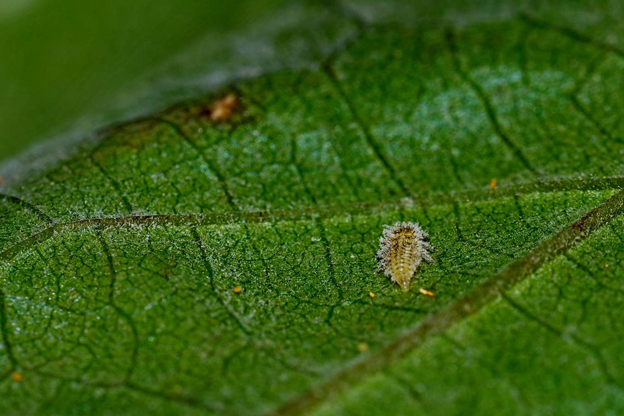
While the species is low maintenance and does not carry the risk of diseases or pests, it has a few problems. Here are some points you might want to consider before deciding to plant these species:
- Since it is quick and widespread in its growth, it can replace native species in your garden if you do not take proper care. In addition to its quick growth, another factor responsible for preventing the growth of other species is the chemicals it releases.
- They may disturb other lives. For example, they do not provide enough nectar and prevent other host species’ from growing. Thus they negatively impact wildlife (bees, butterflies, dragonflies, etc.) and, in turn, the ecosystem.
- They can be poisonous to animals. If animals like sheep ingest these plants while grazing, it can be dangerous to their health. They can cause skin reactions, among other complications.
- They can interact with various drugs like birth control pills and cause undesired effects.
Summing It Up
Growing St John’s Wort plant in your garden is not too challenging. You only need to be careful before the plant has formed its roots. After this point, the plant will thrive independently and provide excellent results. You only have to prune it occasionally to ensure it does not get untidy.
However, you should also be cautious before you decide to plant them. It is because they have several adverse effects, including toxicity to your pets! Thus, you should make a decision based on your needs. If you decide to plant them, follow the tips in this article for outstanding results.
Let us know in the comments whether or not you would consider introducing Hypericum to your garden.
Frequently Asked Questions
Is St John’s Wort a Weed Species?
Due to its ability to grow under different conditions, gardeners sometimes call it a weed. However, the species has a lot of medicinal benefits. When taken in appropriate dosages, they can treat several diseases like depression, ADHD, etc. However, you should not use them without consulting a doctor. It is because it can cause several side effects as well.
Is It Challenging to Maintain St John’s Wort?
Not at all. On the contrary, it is pretty easy to maintain them once they have established their roots. They develop quickly through berries after the flowering period. You must ensure that they are not growing too much or in strange shapes by pruning them occasionally.
Does It Have Berries?
Yes, these plant species produce red-coloured berries after the flowering season. But you need to take care of the plant properly. From late Summer to Mid fall, brightly-coloured fresh berries appear, which makes the whole plant look beautiful.
What Is the Profile of The St John’s Wort Plant?
It is a herbaceous species with small leaves. It has flowers which resemble the shape of a star. They are yellow and hence add a lot of vibrancy to your garden. The flowers bloom during June, July, and August.
They can be between 0.5 to 1 m in height and spread about 0.1 to 0.5 m. They grow so quickly that it is tough to tell where they originated. When it comes to their stems, they are reddish and woody.
How Long Does It Take Them to Grow?
It takes these plants about 3 months to germinate from seeds. After that, you will notice regular sprouting of seeds. However, these plants will not thrive over the first year. As it is tolerant to a wide range of conditions, it takes time to grow as well.
Is It Okay to Grow Them if I Have Pets?
It is okay to grow these plants if you have pets. However, these species may be toxic to pets and cause allergic reactions. So, if you grow them, ensure your pets do not ingest them. Otherwise, you are all set to grow them.

![Learn How to Grow and Care for Figs Tree with These Tips [UK]](https://staging.thearches.co.uk/wp-content/uploads/How-To-Grow-Care-For-A-Fig-Tree.jpeg)

